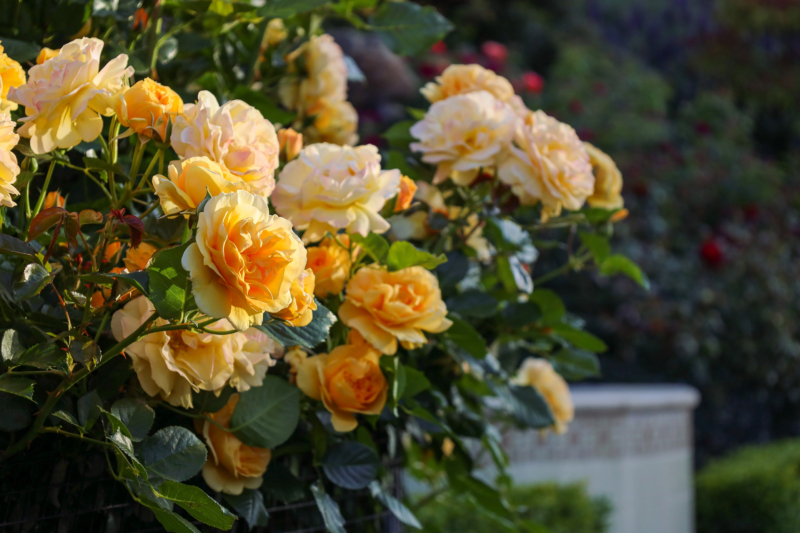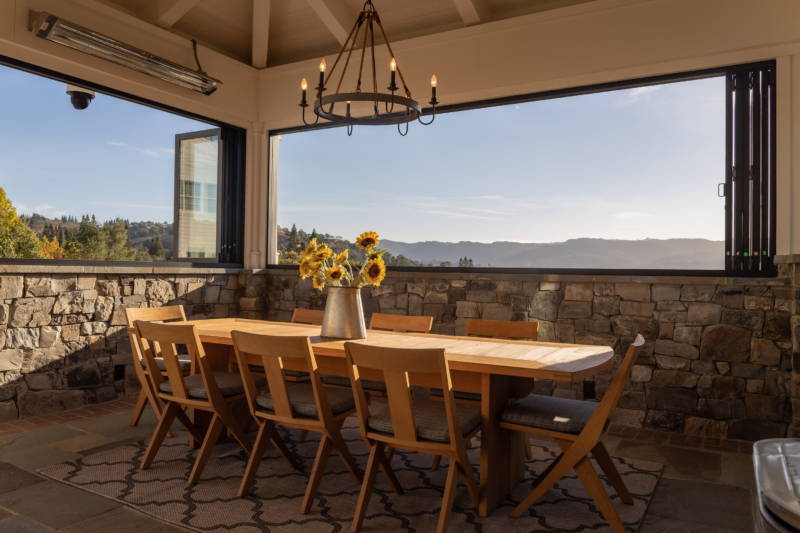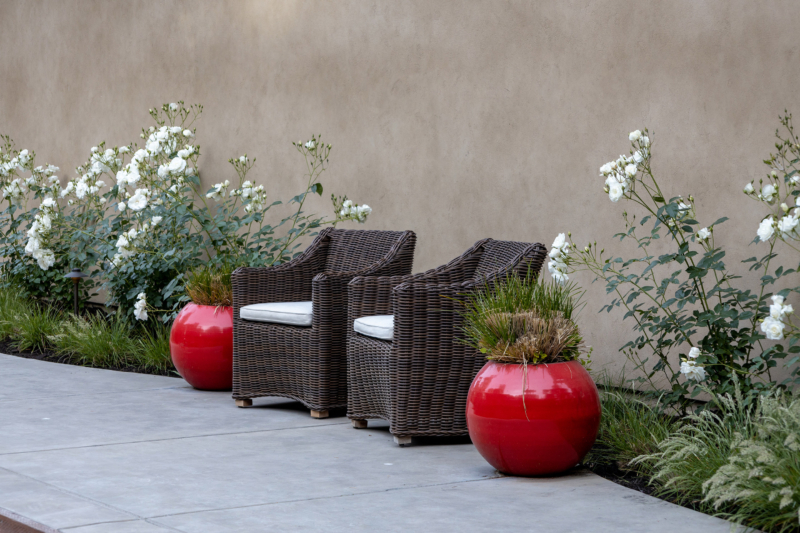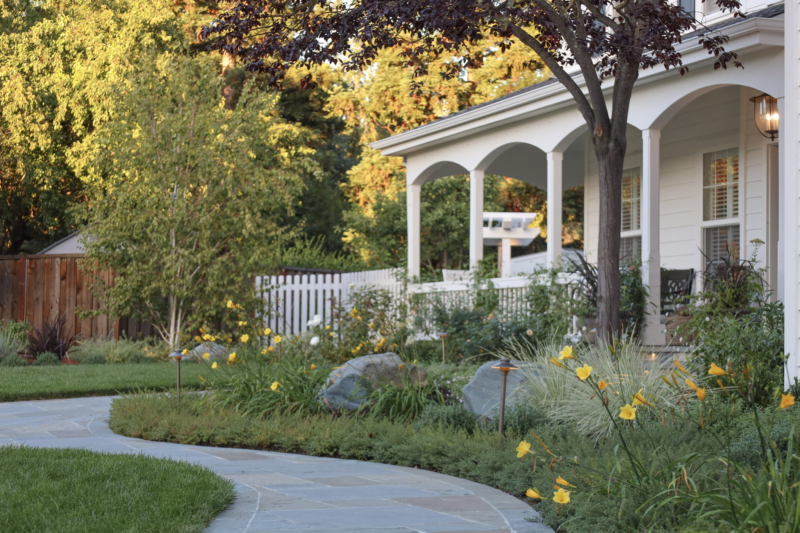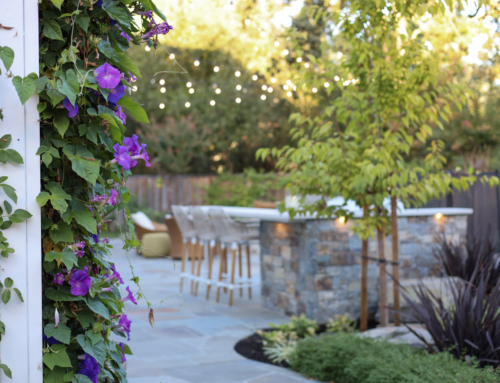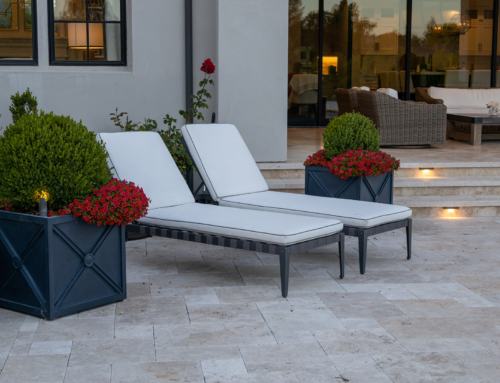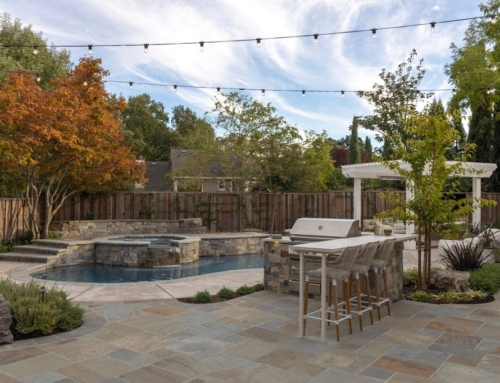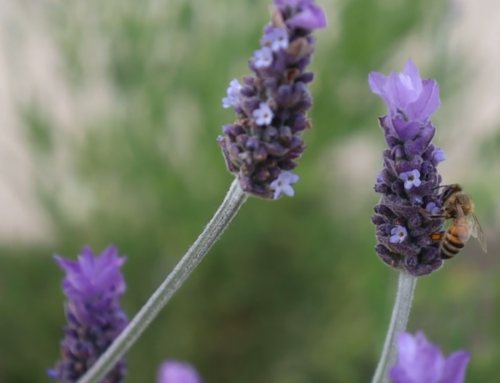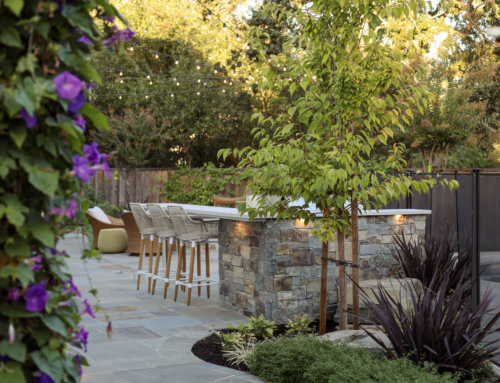Flower-Cutting Gardens
A garden can serve many purposes. It can be a place of beauty and contemplative relaxation, a draw for birds, butterflies, and other wildlife, and a productive space for growing food and flowers. With Valentine’s Day around the corner, we couldn’t help but write about flowers, the time-honored traditional gift of the holiday. And for good reason! Flowers are pure happiness! If you’d like to create a garden perfect for flower-cutting, here are some tips from our planting designers to keep your garden vibrant and your vases full.
Planting the Garden
Part of designing any successful garden is planning for the change of the seasons. This is especially important for a cut-flower garden, as you will want showy and seasonal blooms to be available for your use year-round. Think about what you’d like to see in a vase each season. Are you a Spring Tulip-lover? Or are Irises more your speed? Does Summer mean Sunflowers or Hydrangeas to you? Or do you love a wild Summer bouquet with wildflowers and grasses? For the holidays, perhaps a shrub that produces beautiful red berries or has a beautiful evergreen leaf will be useful for your winter arrangements. As the seasons transition, the garden will change. Narcissus will fade and roses will take their place. Make sure that a nice variety will always be blooming in any season, so you will have plenty to choose from!
Color Coordination
As with any garden design, your cutting garden should be an aesthetically pleasing part of your landscape. This may mean exercising some restraint, especially if you have a more formal landscape or a strong color scheme already in place. Unless your style is that of the colorful cottage garden, maintaining a theme of two or three main colors is often a good idea, keeping in mind the incredible range of shades that a single color can produce. A garden themed with blue and yellow, for example, could range from the palest blues and yellows to deep blue-violets and golds. Foliage can also be a color element. Eucalyptus leaves, with their blue cast, would be lovely in such a garden, as would chartreuse foliage, tawny summer grasses, and shrubs with gold autumn leaves.
For Cutting
While many factors go into a flower arrangement, there are different things that make a ‘good’ cut flower. Some flowers last only for a day or two on the plant, including many Spring blooms like Apple and Cherry blossoms, lilacs, and poppies. This is no reason not to plant them or enjoy them in an arrangement, but the gardener should be aware of the short-lived nature of these flowers in a vase. As far as what flowers work well, nearly anything you see at the florist is a good bet! Flowers with sturdy stems and long-lasting blooms are especially popular, of course. Alstroemeria, Gypsophylla (AKA Baby’s Breath) Roses and Carnations are classics that do great in the Bay Area garden. Eryngium or Sea Holly is a long-lasting, striking addition to almost any arrangement. In designing a flower-cutting garden, remember that what makes a beautiful arrangement (and a beautiful garden) is variety. Having a selection of large, ‘focal’ flowers and small accent or ‘filler’ flowers creates a great effect.
Greenery
Just as important as the flowers are the fresh greens that will fill in a bouquet. Many ferns and asparagus ferns, leathery-leaved shrubs such as Myrtle, Pittosporum, Laurel and Eucalyptus make excellent cutting greens. In the arrangement above, hardy Pittosporum tobira ‘Variegata’ complements the Carnation with its white-tipped leaves. Other classic favorites are the silver-leaved ‘Dusty Miller’ which may be annual or perennial in different parts of the Bay, and the graceful spikes of grasses. Fragrant herbs also add a fun seasonal touch. Easy to work into any garden plan, these greens offer lovely contrast and structure to flowers both in the garden and in an arrangement.
A Florist’s Tip
When it comes to harvesting flowers from the garden, it’s best to cut them when it’s cool out, in the morning or evening hours. The plants are under less strain during this time, and less likely to wilt after cutting. Cut flowers with sharp scissors and place immediately in water. When you do cut them to size for the arrangement, it’s best to use a sharp knife, which protects the stem from being crushed.

